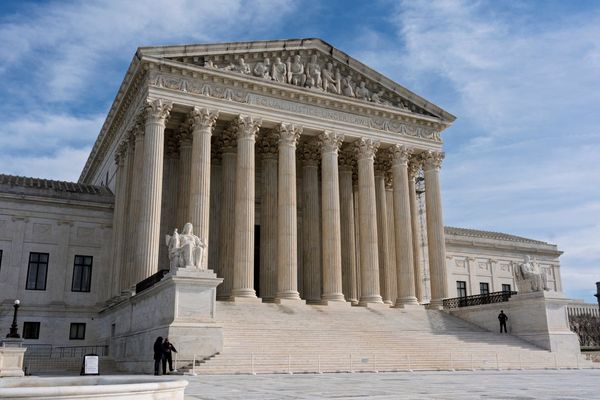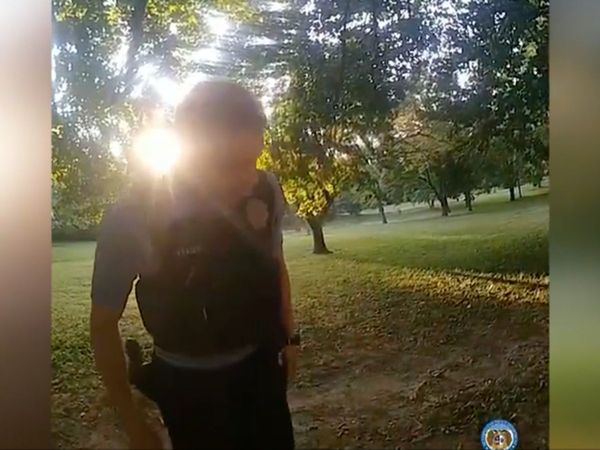The century-old Mysuru zoo witnessed a record turnout of visitors last weekend with the footfall close to the pre-COVID-19 numbers. This has raised hopes of a revival of tourism, bringing cheer among stakeholders who have endured two years of financial distress on account of the Covid-19 pandemic.
Another key reason for the large turnout to the city of palaces was the long weekend and Vishu festival. In the absence of COVID-19 restrictions, a large number of people from Kerala thronged Mysuru during the festive season.
The turnout at the zoo on April 15-16-17 was the largest this year. The zoo recorded 15,000 visitors on April 15, 18,000 on April 16 and 13,000 on April 17. The zoo has a record of attracting up 25,000 visitors during pre-COVID-19 years, particularly during Dasara festivities.
Zoo Executive Director Ajit Kulkarni said, “Post-COVID-19, getting this kind of footfall is indeed promising as the zoo runs completely on gate collections, and the revenue is key for its maintenance. Moreover, it is a sign of a revival of tourism.”
He told The Hindu that a lot of tourists from Kerala and north India had thronged Mysuru, which was bustling with people. Even the Karanji Lake Nature Park received good footfall, he said adding that the weekday crowd was also reasonable with the zoo receiving 6,000-plus visitors on April 18.
Stakeholders say that the lifting of inter-State travel restrictions resuscitated the travel and tourism industry.
Hotels registered 100% occupancy during the weekend and the festive season, which was heartening for a hospitality sector struggling to recover from the impact of the Covid-19 pandemic.
They attribute vaccination as one of the key reasons for revival is tourism. The booster dose announced for all those aged above 18 years can also help the sector recover faster, is the general feeling in the hospitality sector.
The footfall at Mysuru palace and zoo, which used to attract over 10,000 tourists before the Covid-19 pandemic, primarily depend on gate collections for their maintenance. The fall in revenue had put them in financial distress so much that zoo authorities had sought donations from the public for upkeep of animals and the premises.







